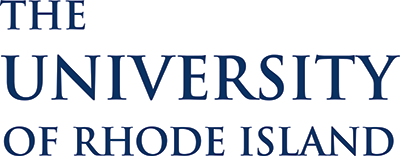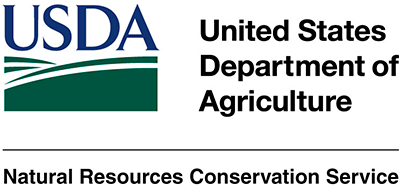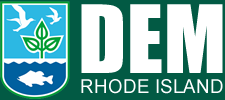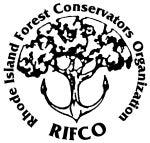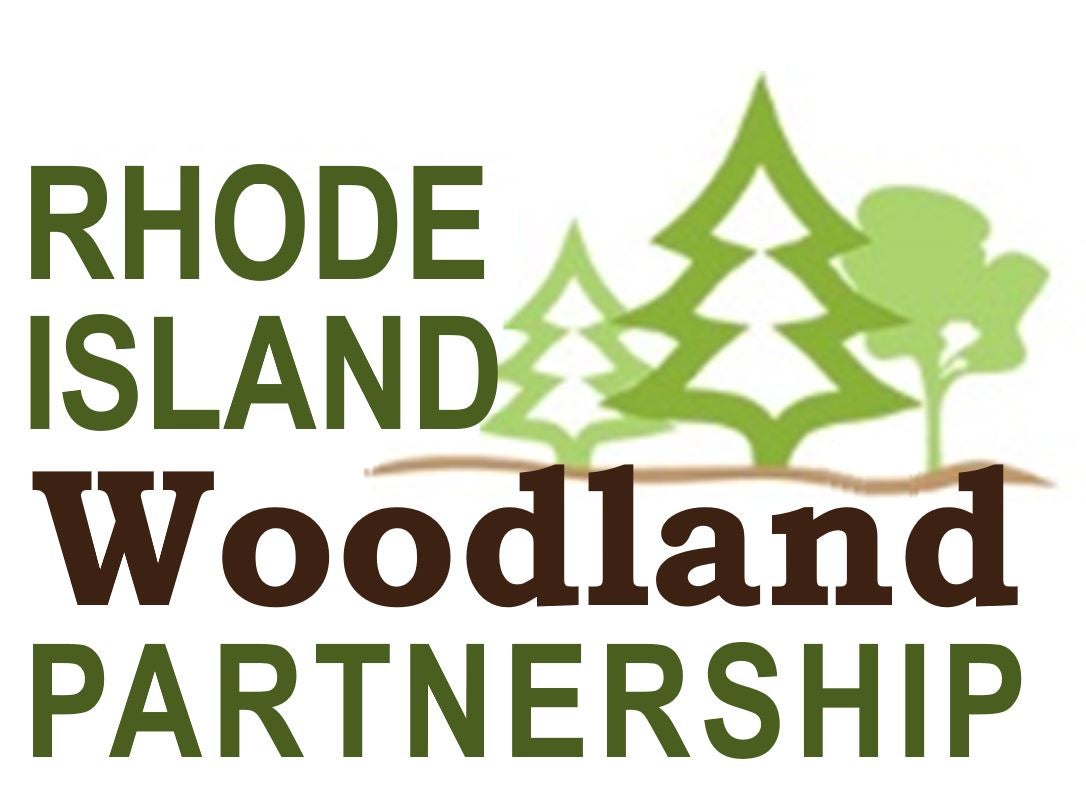Working For Clean, Plentiful Water
Have you ever thought about where your water comes from? Sixty percent of Rhode Island’s drinking water comes from the Providence Water Supply Board, which owns over 17,000 acres of managed forestland. Forests act as natural filters that control the flow of run-off into our streams and reservoirs. When it rains, water is absorbed into the forest floor where it percolates into the ground, providing a steady supply of stored water. Root systems act against erosion and control the flow of water to surface bodies. For this purpose, open bodies of water should have vegetative buffers to surround and protect them.
Water is a forest product that we can’t afford to neglect. As Rhode Island’s population grows and land conversion decreases the state’s forest cover, we will have to pay more to treat our drinking water. Working woodlands present a great alternative to land conversion because forest products can provide income to landowners and reduce incentives to subdivide. The added benefit of clean water will not only benefit these woodland owners, but the entire state.
Smaller acreage landowners have an impact on water quality, too. Impervious surfaces, such as rooftops and parking lots, prevent absorption and storage of water while increasing the likelihood for flooding and nutrient/sediment run-off. Minimizing the area of these surfaces on your property, or choosing alternative materials, are two ways that you can promote good water quality. Toxins, such as pesticides and petroleum products can directly impact water quality as well; so proper application and storage are essential when it comes to the health of your woodland.
See Fact Sheet 6 to learn more about water quality on your property.

